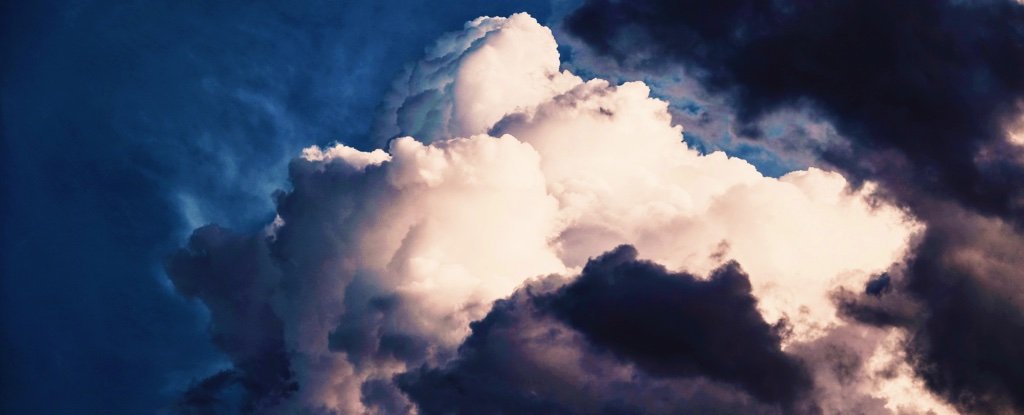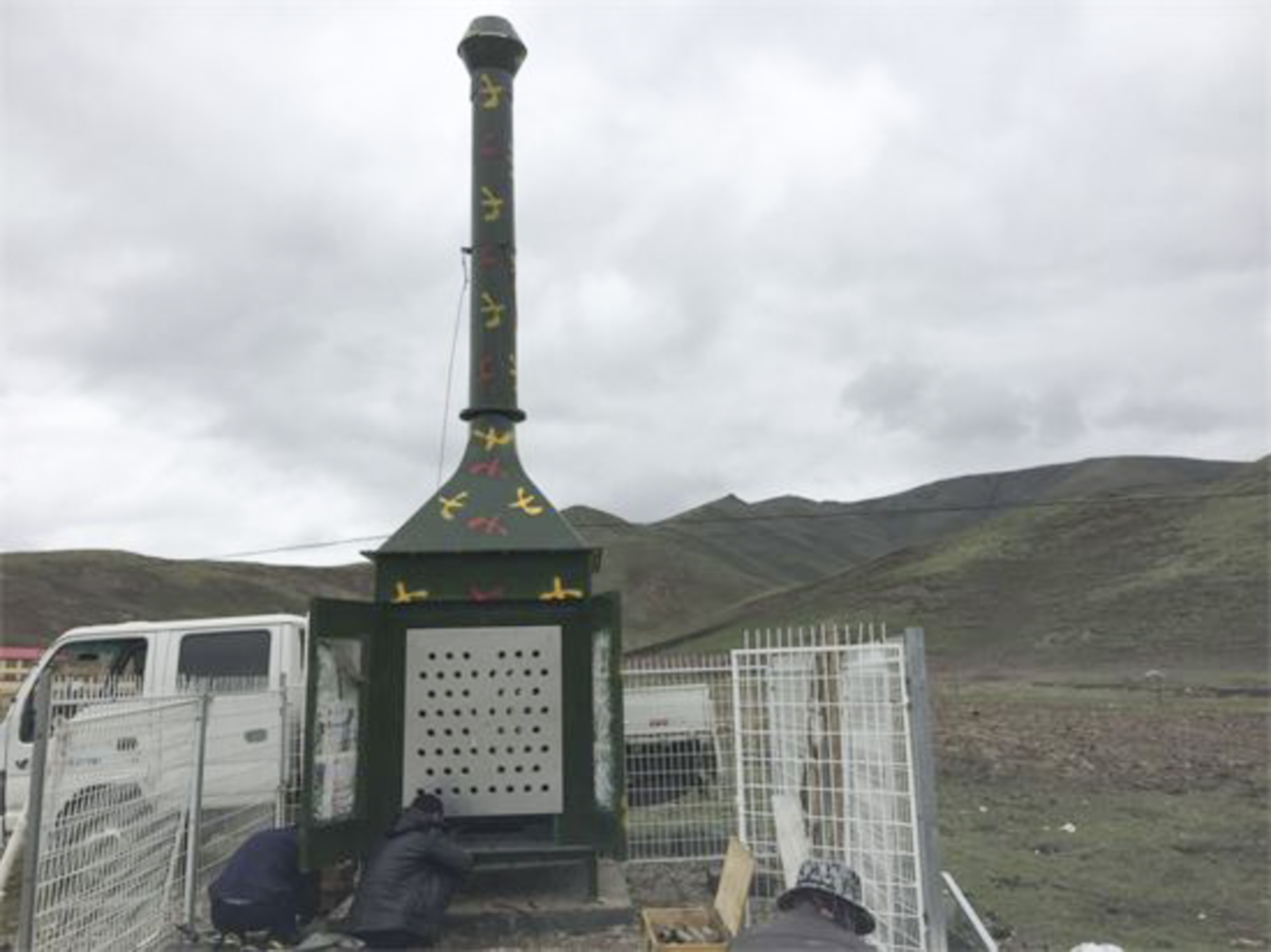"Heavenly River" - China will create artificial rain of unprecedented power
- Transfer

We'll have to sow the clouds over an area larger than Alaska.
Author of the photo: Bryan Minear
China is preparing to increase the amount of precipitation over the Tibetan highlands - and for this it is going to conduct an experiment to create the most powerful artificial rain in the history of mankind.
According to a preliminary report , the project provides for the installation of tens of thousands of flare units throughout the territory of Tibet, whose work will cause an increase in annual precipitation of 10 billion cubic meters per year. This is what the practical implementation of the plan called “Tianhe”, or “Heavenly River”, developed back in 2016 at Tsinghua University with the aim of circling a region of about 1.6 million square kilometers, will look like .
For comparison, this is slightly more than Alaska or about three in Spain, and if China’s grand adventure is a success, it will additionally receive about 7 percent of its own annual water consumption.
Flare installation
“[Climate change in Tibet] is extremely important to finally eliminate the water shortage problem in China,” says Lei Fanpay, president of the state-owned China Aerospace Science and Technology Corporation, which is entrusted with this project - “If we succeed, then there will be a huge contribution not only to the development of China and the world economy as a whole, but also to the progress of the whole human civilization ”.
Of course, the technology of sowing clouds has been used, researched and developed around the world for several decades, but only the Chinese seriously swayed the project, more reminiscent of ideas from science fiction novels.
It is assumed that the flares of the “Tibetan project” will emit particles of silver iodide up into the atmosphere., which then the wind will spread through the clouds and thereby cause precipitation. “[Up to now] more than five hundred such devices have been mounted on the mountain slopes in Tibet, Xinjiang and some other regions,” one of the researchers quotes the South China Morning Post . “And the data of trial operation already looks promising.”
However, not everyone likes China’s plans to cause artificial rain over such a large area, especially considering that we still have little understanding of how cloud seeding on such a scale - which is usually done locally by spraying chemicals from airplanes - will affect the global pattern climate.
"You can not" make rain "out of nowhere," - explains to journalists from GizmodoGeoengineer-researcher Janosh Pasztor, member of the Carnegie Climate Geoengineering Governance Initiative (C2G2) - “It will simply be spilled where we will indicate, which means it will not be spilled anywhere else. Consequently, the ecosystem and the population of some other place will remain without long-awaited moisture. ”
If Janos is right, then there is a considerable risk of leaving huge spaces without water just for the sake of the Heavenly River gushing over the Tibetan highlands.
It is not yet known when the experiment will be completed, but given the scale of the idea, as well as the ambiguity of the statement about the "universal good" - we no doubt hear about this not for the last time.

